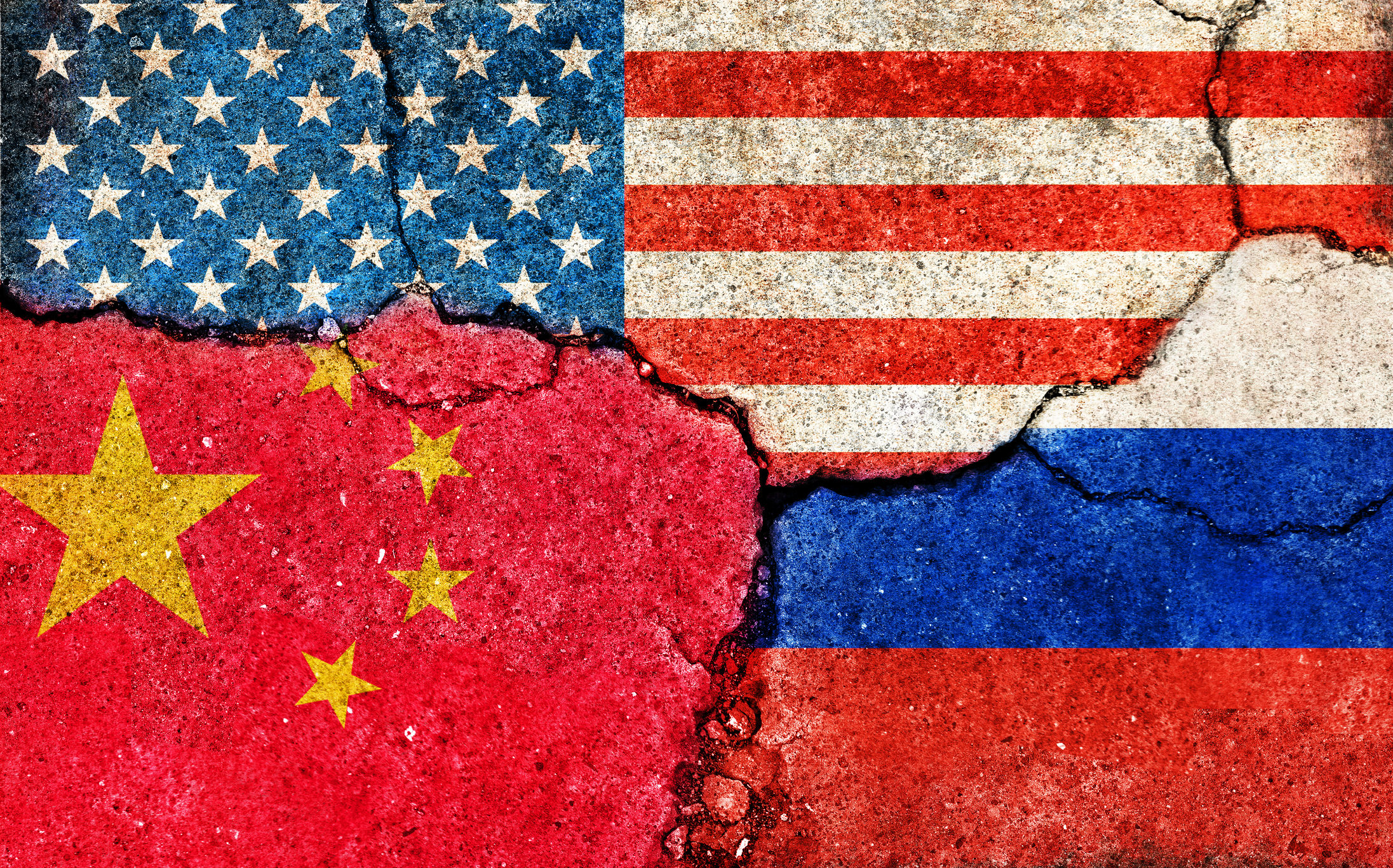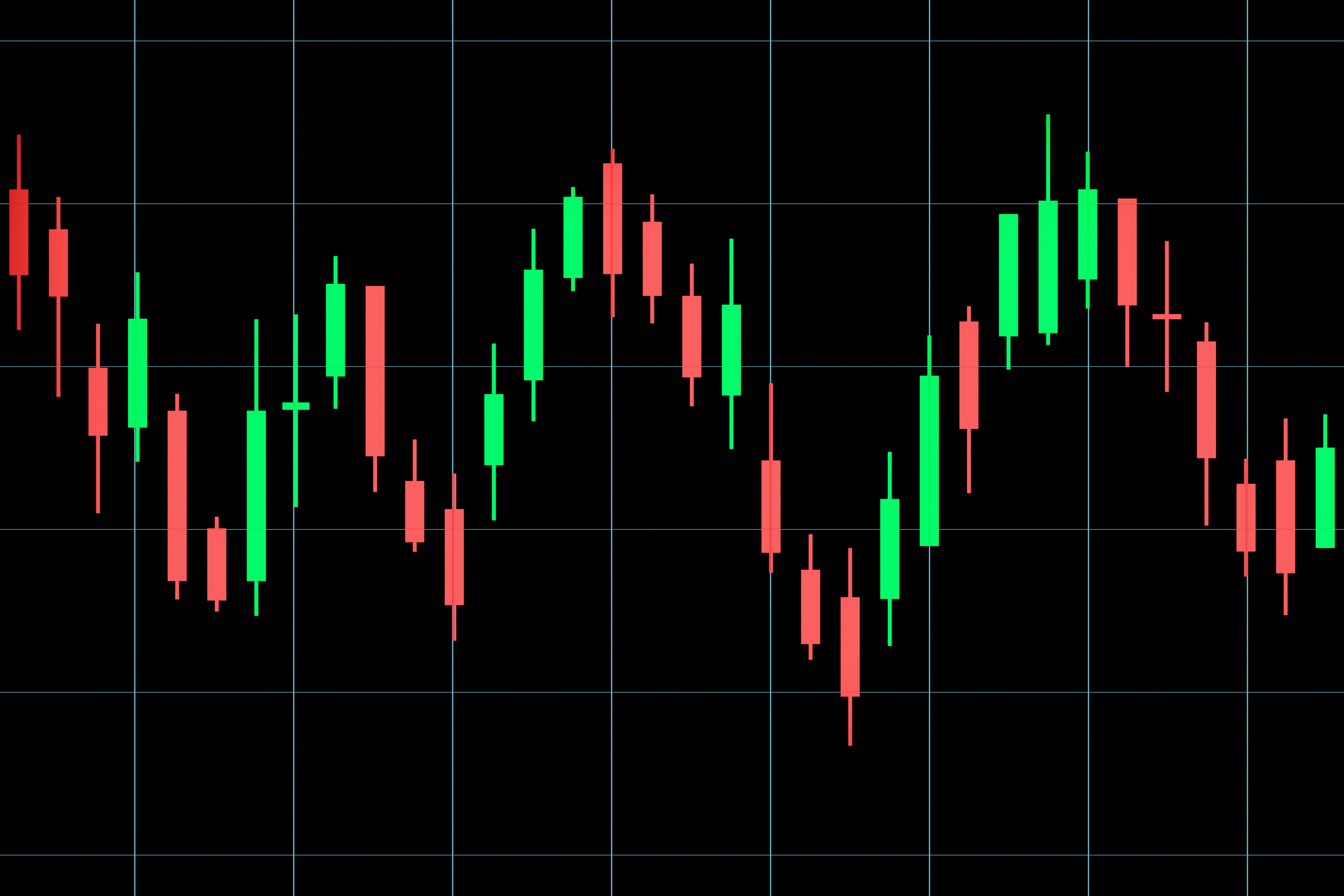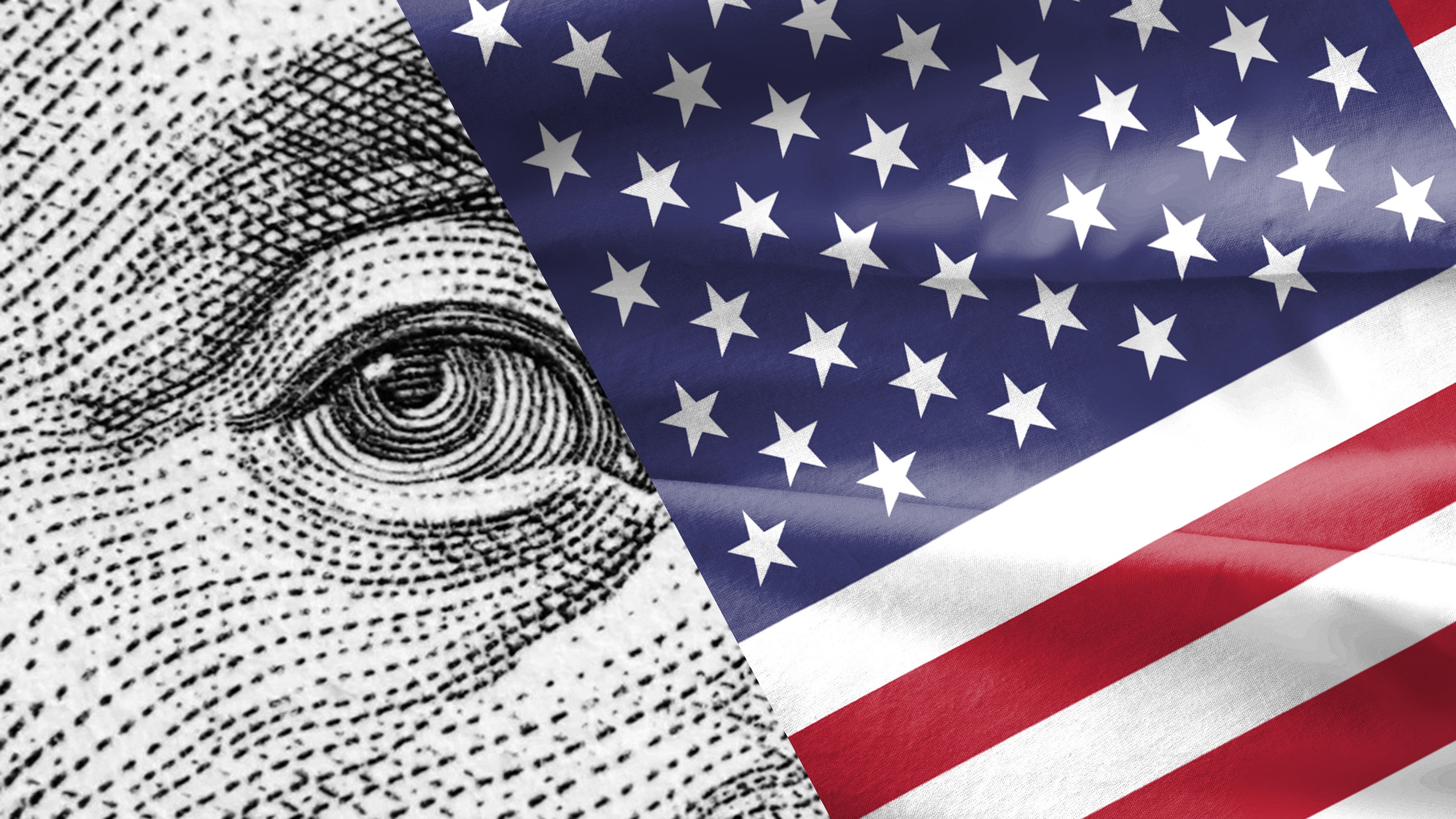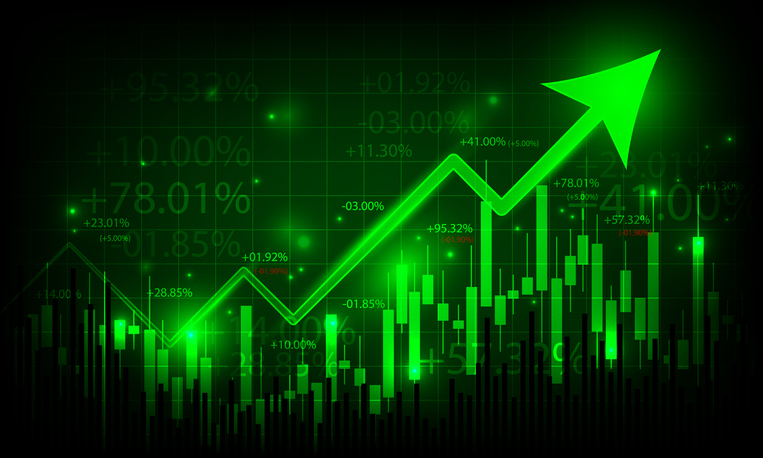Foreign Factories Come Back Home
The big draws for making things in the U.S.: rising wages abroad, cheap energy here.

Once again, Apple is in the vanguard of what many experts expect to be a major trend. This time, however, it's not what the company produces that's creating the buzz, but where. Apple has announced that, starting this year, it will manufacture some Mac computers in the U.S. rather than in Asia, where most of the company's goods are produced. The move works out to about a $100 million investment, and Apple watchers say it could create 200 jobs — a relatively small contribution "but not trivial," says Harvard Business School professor Gary Pisano, author of Producing Prosperity: Why America Needs a Manufacturing Renaissance. "Apple is a role model. If it puts plants back in the U.S., it could change the way other companies think."
Skeptics abound, but anecdotal evidence already points to a nascent trend that has come to be known as "reshoring" or "insourcing." American companies ranging from Otis Elevator to Frisbee maker Wham-O have repatriated at least some manufacturing to the U.S. Last year, General Electric revitalized two factories in Louisville, Ky., to produce water heaters that had been made in China and refrigerators formerly made in Mexico. As part of a $1 billion investment, GE will also begin making washers and dryers in the U.S. that are not currently made here, and it will add more refrigerators and dishwashers to the U.S.-made mix. In a study coauthored by Michigan State University, 40% of U.S. manufacturers surveyed reported a reshoring trend in their industries.
Foreign companies are setting up shop here, too. Hong Kong–based PC manufacturer Lenovo is starting a U.S. production line in Whitsett, N.C., to make ThinkPad tablets and other products. Siemens, the German conglomerate, is exporting gas turbines from Charlotte, N.C.

Sign up for Kiplinger’s Free E-Newsletters
Profit and prosper with the best of expert advice on investing, taxes, retirement, personal finance and more - straight to your e-mail.
Profit and prosper with the best of expert advice - straight to your e-mail.
There are good reasons to move home. Wages are rising in China, and high oil prices have boosted shipping costs. Offshoring companies have also encountered hidden costs resulting from long lead times, quality-control issues, and the separation of production from design and engineering teams. Another attraction here: The cost of factory-powering natural gas — also a key component in producing chemicals — is far less than the going rate overseas.
Analysts at Boston Consulting Group forecast a manufacturing renaissance here in full swing by 2020. Reshored production coupled with a pickup in exports could create 2.5 million to five million jobs in manufacturing and related services by 2020. "It's hard to know how much and how fast, but we're conservative on the jobs numbers," says BCG's Hal Sirkin.
Don't look for many old-style factory jobs requiring a strong back and good hand-eye coordination. "Manufacturing is becoming knowledge work," says Harvard's Pisano. Skilled workers in short supply include welders, machinists and industrial machinery mechanics, says BCG.
Investors seeking to profit from the resurgence can explore shares in manufacturers such as Ford (symbol F, $14) and Caterpillar (CAT, $95), suppliers such as Fastenal (FAST, $48) and transportation companies such as CSX (CSX, $21). Get broad exposure through exchange-traded fund Industrial Select Sector SPDR (XLI, $39).
Get Kiplinger Today newsletter — free
Profit and prosper with the best of Kiplinger's advice on investing, taxes, retirement, personal finance and much more. Delivered daily. Enter your email in the box and click Sign Me Up.

Anne Kates Smith brings Wall Street to Main Street, with decades of experience covering investments and personal finance for real people trying to navigate fast-changing markets, preserve financial security or plan for the future. She oversees the magazine's investing coverage, authors Kiplinger’s biannual stock-market outlooks and writes the "Your Mind and Your Money" column, a take on behavioral finance and how investors can get out of their own way. Smith began her journalism career as a writer and columnist for USA Today. Prior to joining Kiplinger, she was a senior editor at U.S. News & World Report and a contributing columnist for TheStreet. Smith is a graduate of St. John's College in Annapolis, Md., the third-oldest college in America.
-
 2026 Disney Dining Plan Returns: Free Dining for Kids & Resort Benefits
2026 Disney Dining Plan Returns: Free Dining for Kids & Resort BenefitsPlan your 2026 Walt Disney World vacation now. Learn about the returning Disney Dining Plan, how kids aged three to nine eat free, and the exclusive benefits of staying at a Disney Resort hotel.
By Carla Ayers
-
 How Can Investors Profit From AI's Energy Use?
How Can Investors Profit From AI's Energy Use?Global energy demand is expected to grow by leaps and bounds over the next several years as AI usage accelerates. Here's how to get a piece of the pie.
By Jacob Schroeder
-
 The Economic Impact of the US-China Trade War
The Economic Impact of the US-China Trade WarThe Letter The US-China trade war will impact US consumers and business. The decoupling process could be messy.
By David Payne
-
 Stock Market Today: Tariff Talks Drive Another Up-and-Down Day
Stock Market Today: Tariff Talks Drive Another Up-and-Down DayTrade war negotiations are happening, but the "fear gauge" is gyrating, and investors, traders and speculators are still searching for signs of a bottom.
By David Dittman
-
 Stock Market Today: It's Going to Stay Choppy for Stocks
Stock Market Today: It's Going to Stay Choppy for StocksAuto-focus can show us a lot about uncertainty on the ground and in the stock market.
By David Dittman
-
 What DOGE is Doing Now
What DOGE is Doing NowThe Kiplinger Letter As Musk's DOGE pursues its ambitious agenda, uncertainty and legal challenges are mounting — causing frustration for Trump.
By Matthew Housiaux
-
 A Move Away From Free Trade
A Move Away From Free TradeThe Letter President Trump says long-term gain will be worth short-term pain, but the pain could be significant this year.
By David Payne
-
 Stock Market Today: Dow Adds 485 Points After Trump's Tariff Delay
Stock Market Today: Dow Adds 485 Points After Trump's Tariff DelayThe White House said it will postpone tariffs on automotive imports from Canada and Mexico for one month.
By Karee Venema
-
 Trump’s Whirlwind Month of Crypto Moves
Trump’s Whirlwind Month of Crypto MovesThe Kiplinger Letter The Trump administration wants to strengthen U.S. leadership in the cryptocurrency industry by providing regulatory clarity.
By Rodrigo Sermeño
-
 What Could Derail the Economy This Year?
What Could Derail the Economy This Year?The Letter While the outlook for the U.S. economy is mostly favorable, there are plenty of risks that bear watching.
By David Payne